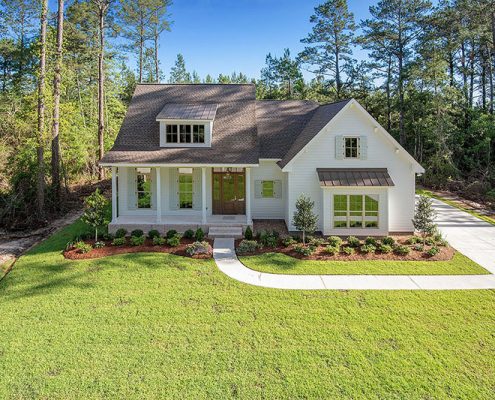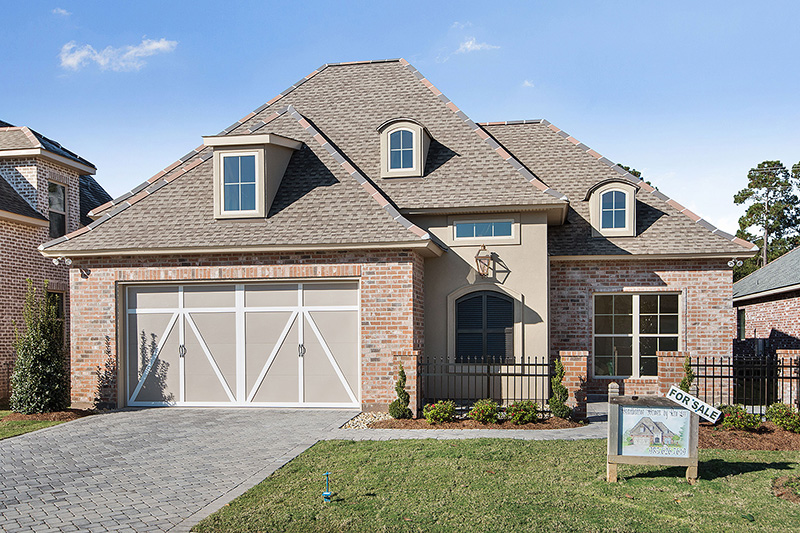“After
a decade of cocooning, millennials want to buy homes that represent
value, which is in keeping with the way they shop for everything else,” CNBC’s Jim Cramer said. “The delay in … homebuying is over, the spending is just beginning.”
The year 2020 will bring a new era to dominate the housing market. According to CNBC.com, ” Millennials are expected to be the largest single cohort of homebuyers in 2020.”
“People who have jobs and feel confident in the future are taking advantage of affordable luxury
wherever they can find it,” Cramer said. “I think that gives you great insight into the behavior of millennials, or at least the millennials who have money to spend.”
This generation, born between 1981 and 1997, make up around 33% of the homebuyers which is up from 20% just five years ago.
“In fiscal year 2019 over 20% of our closings had one purchaser 35 years old or under,” CEO of Toll Brothers Doug Yearley said.
Toll Brothers is the nation’s leading builder of luxury homes. The company builds in 23 states and the District of Columbia. The company had a strong fourth quarter in 2019. They reported earning $1.41 per share on revenue of $2.38 billion. Toll Brothers sold 2,672 units in home sales that totaled $2.29 billion in a three-month period.
Toll Brothers is focusing its affordable luxury communities on move-up, active adult and millennial
buyers. The older more affluent millennials have been the biggest factor in this decision.
“This market is strong and demographics suggest it will grow over the next decade as millennials mature,” Yearley said.
Another big homebuilder, Taylor Morrision, agrees that millenials are on an upward trend when it comes to homebuying. The homebuilder, which builds in nine states among the south, southwest and midwest regions, reports that a good majority of their homebuyers are millennials.
“People who have jobs and feel confident in the future are taking advantage of affordable luxury wherever they can find it,” Cramer said. “I think that gives you great insight into the behavior of millennials, or at least the millennials who have money to spend.”
Click Here For the Source of the Information.
The year 2020 will bring a new era to dominate the housing market. According to CNBC.com, ” Millennials are expected to be the largest single cohort of homebuyers in 2020.”
“People who have jobs and feel confident in the future are taking advantage of affordable luxury
wherever they can find it,” Cramer said. “I think that gives you great insight into the behavior of millennials, or at least the millennials who have money to spend.”
This generation, born between 1981 and 1997, make up around 33% of the homebuyers which is up from 20% just five years ago.
“In fiscal year 2019 over 20% of our closings had one purchaser 35 years old or under,” CEO of Toll Brothers Doug Yearley said.
Toll Brothers is the nation’s leading builder of luxury homes. The company builds in 23 states and the District of Columbia. The company had a strong fourth quarter in 2019. They reported earning $1.41 per share on revenue of $2.38 billion. Toll Brothers sold 2,672 units in home sales that totaled $2.29 billion in a three-month period.
Toll Brothers is focusing its affordable luxury communities on move-up, active adult and millennial
buyers. The older more affluent millennials have been the biggest factor in this decision.
“This market is strong and demographics suggest it will grow over the next decade as millennials mature,” Yearley said.
Another big homebuilder, Taylor Morrision, agrees that millenials are on an upward trend when it comes to homebuying. The homebuilder, which builds in nine states among the south, southwest and midwest regions, reports that a good majority of their homebuyers are millennials.
“People who have jobs and feel confident in the future are taking advantage of affordable luxury wherever they can find it,” Cramer said. “I think that gives you great insight into the behavior of millennials, or at least the millennials who have money to spend.”
Click Here For the Source of the Information.






 Risk
Rating 2.0 is the reconstruction of the National Flood Insurance
Program’s (NFIP) risk rating system. FEMA’s National Insurance Program
wants “to transform the way it rates it policies.”
Risk
Rating 2.0 is the reconstruction of the National Flood Insurance
Program’s (NFIP) risk rating system. FEMA’s National Insurance Program
wants “to transform the way it rates it policies.”






























